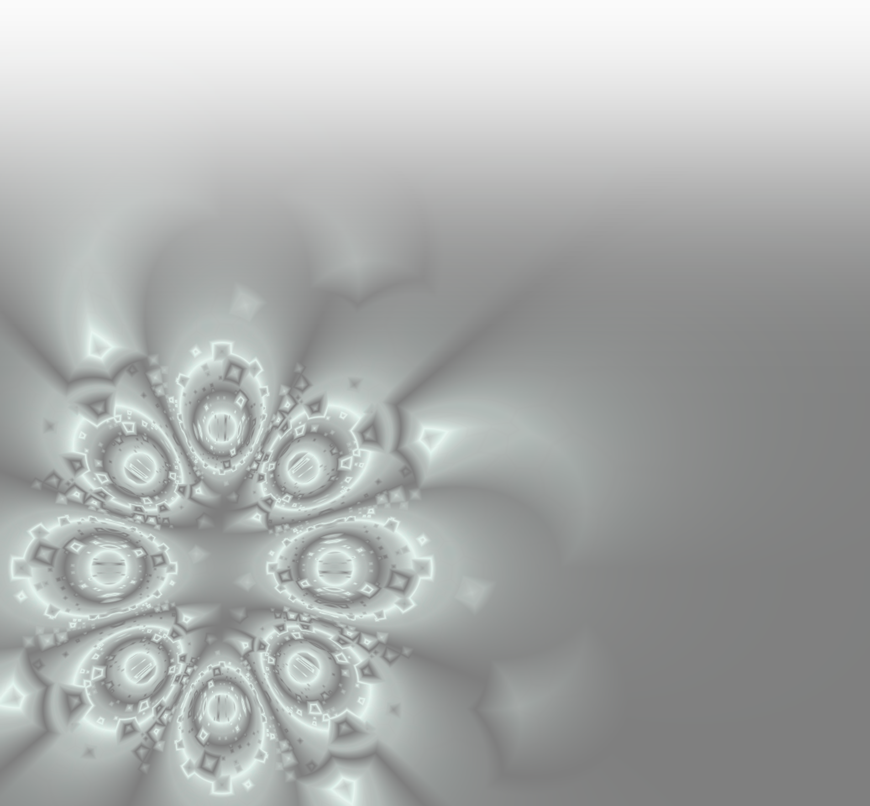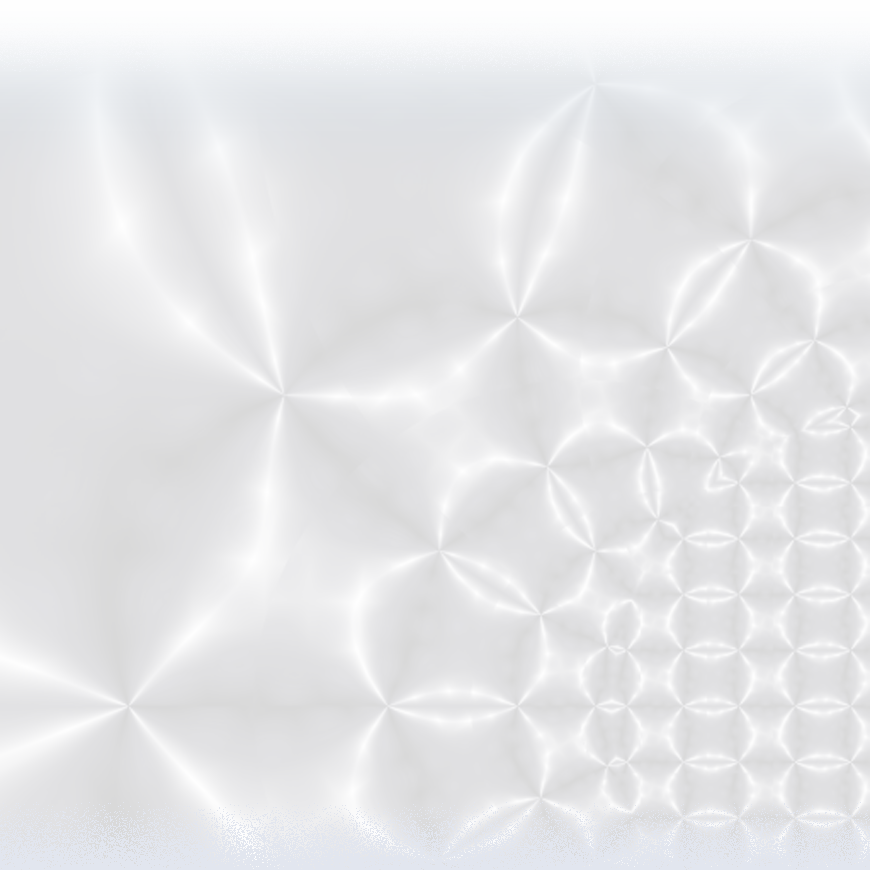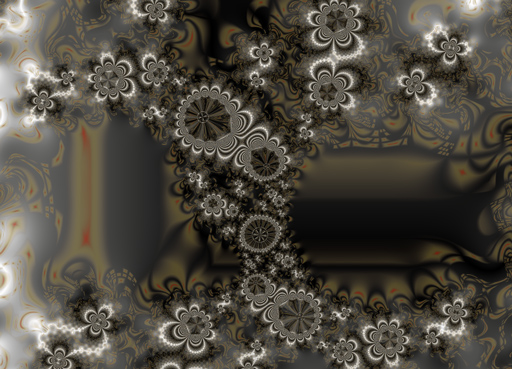Musick :





Musical aspects of IOU:
Joining IOU in 1977 was an interesting change of direction.
Make It New! cries the ancient modernist slogan, correctly. But what exactly is to be new? Surely work, not mere fashions. As soon as an idea appears, people set-to assiduously to make it tired; the simplest thing quickly needs renewing, and always has. There is no shame, or time wasted, in renewing what we already thought we knew about. In the famous Borges tale “Pierre Menard”, the eponymous author rewrites Don Quixote, arriving at the original words from an entirely different starting point and therefore via entirely different meanings; it’s a useful image.
For several years I’d been using live electronics and “sound source” instruments; but joining IOU I realised that, using scales and triads, I could not make a line which was actually mine as opposed to pastiche (i’m a good parrot and find accurate pastiche fairly easy). This seemed a bad thing, and worthy of attention. To my avant-garde colleagues it was however an incomprehensible problem; years later, having solved it, I was still being accused of pastiche by people who’d simply got stuck at the fact of scales and triads and switched their ears off. I occasionally wanted to say “Good lord! Do you think if I was making a pastiche of x or y, I couldn’t do it more accurately than that? What low standards you have!” Eventually I produced a serious, deliberate pastiche - of Schubert - to prove my point (see Moment un peu Musicale).
Myself playing viola acoustically for the first time in years, we evolved a combination of strings and Indian harmonium which, handled carefully, could produce a sound related to English 17C viol consorts; much of our early repertoire was built on this (cf the “China Cs” CD). I was also interested in what could be done with songs absolutely “straight”: nothing conceptual or based on “extended” vocal techniques - that area was better served by improvisation (“Few things” wrote Steve Beresford around that time “are more ugly than a mezzo-soprano screaming to order”).
IOU performances - a wordless combination of activated imagery and music on equal terms, with music taking the pace function of words - were invented quickly, usually for specific locations. We coped with this musically by having a repertoire of pieces, mostly easily time-adjustable through repetition or improvisation, which were patchworked together for the final structure. It was necessary that the pieces “spoke to each other” and were not closed off in their style (better: “attitude”), otherwise the result would not be an integrated structure but a “one-damn-thing-after-another-and-then-it-stops” procession. Occasional pieces by guest musicians would show-up just how far we’d got with this without realising; it’s a lot more difficult to do than you might suppose.
From the “consort” starting point, we gradually widened the stylistic possibilities; in the end, almost any kinds of musics could rub shoulders and still stay integrated. I took (and still do) a great delight in cross-breeding styles; also in the game mentioned under Life, wherein an apparently simple surface is made to cover musical processes of increasing complexity.
For me, this process reached its apogee in the mid-90s, notably in “Distance No Object”. This was a collaboration with The Creative Jazz Orchestra, a virtuosic outfit noted for working with modern composers. Involving trains and journeys, it was set in a complex steel construction resembling both a Victorian railway terminus and a seaside pier, with the band suspended at ceiling height. Several planes of sound intersected in complicated ways: the live band overhead, on-stage singing, on-stage sounds of radios etc, off-stage speakers with interspersed “distant” electronic commentary. An entire operatic scene (in a railway carriage) sat between live improvisations and electronically-transformed train sounds; yet the whole 75-minute structure was completely coherent. Unfortunately the recordings have never been cleared with the players for public use.
By the end of the 90s (as noted under Life) a management infestation had set in. Budgets omitted other musicians as being a luxury; increasingly I was required to make things which were, essentially, just pre-recorded music over which I would then play. Except in certain special cases I wasn't particularly minded to write songs and was far more concerned with widening possibilities of interaction between sounds and stage action, but was balked whenever I tried it. After a series of attempts by management to incorporate pop-stars for the sake of marketing convenience, I left. It should be pointed out that the company currently operating as IOU has no discernible connection with the one here described, and appears to do little but installation work - something we would have taken in our stride as merely one available component during the time the company was seriously active. No further musical or sonic development is taking place.
Well-behaved managers, of course, do not indulge in what Thatcher used to refer to dismissively as “blue sky research” - especially if they want to keep their funding. Allas, allas, the companye…
